 December 2, 1991: Apple ships its first public version of the QuickTime player, bringing video to Mac users running System 7.
December 2, 1991: Apple ships its first public version of the QuickTime player, bringing video to Mac users running System 7.
Containing codecs for graphics, animation and video, QuickTime confirms Apple’s status as a leading multimedia tech company. The software also starts us on the path to playing video on our computers. This fundamental transformation of Macs into media machines eventually leads to iTunes Movies, YouTube and more.



 November 28, 2001: People download QuickTime 5 for Mac and PC a million times every three days, Apple says, putting the multimedia software on track to exceed 100 million downloads in its first year of distribution. The announcement comes as websites adopt the MPEG-4 format, and online video begins to take off in a big way.
November 28, 2001: People download QuickTime 5 for Mac and PC a million times every three days, Apple says, putting the multimedia software on track to exceed 100 million downloads in its first year of distribution. The announcement comes as websites adopt the MPEG-4 format, and online video begins to take off in a big way.
 May 24, 2013: Apple begins phasing out the option to download movie trailers from its once enormously popular iTunes Movie Trailers website.
May 24, 2013: Apple begins phasing out the option to download movie trailers from its once enormously popular iTunes Movie Trailers website.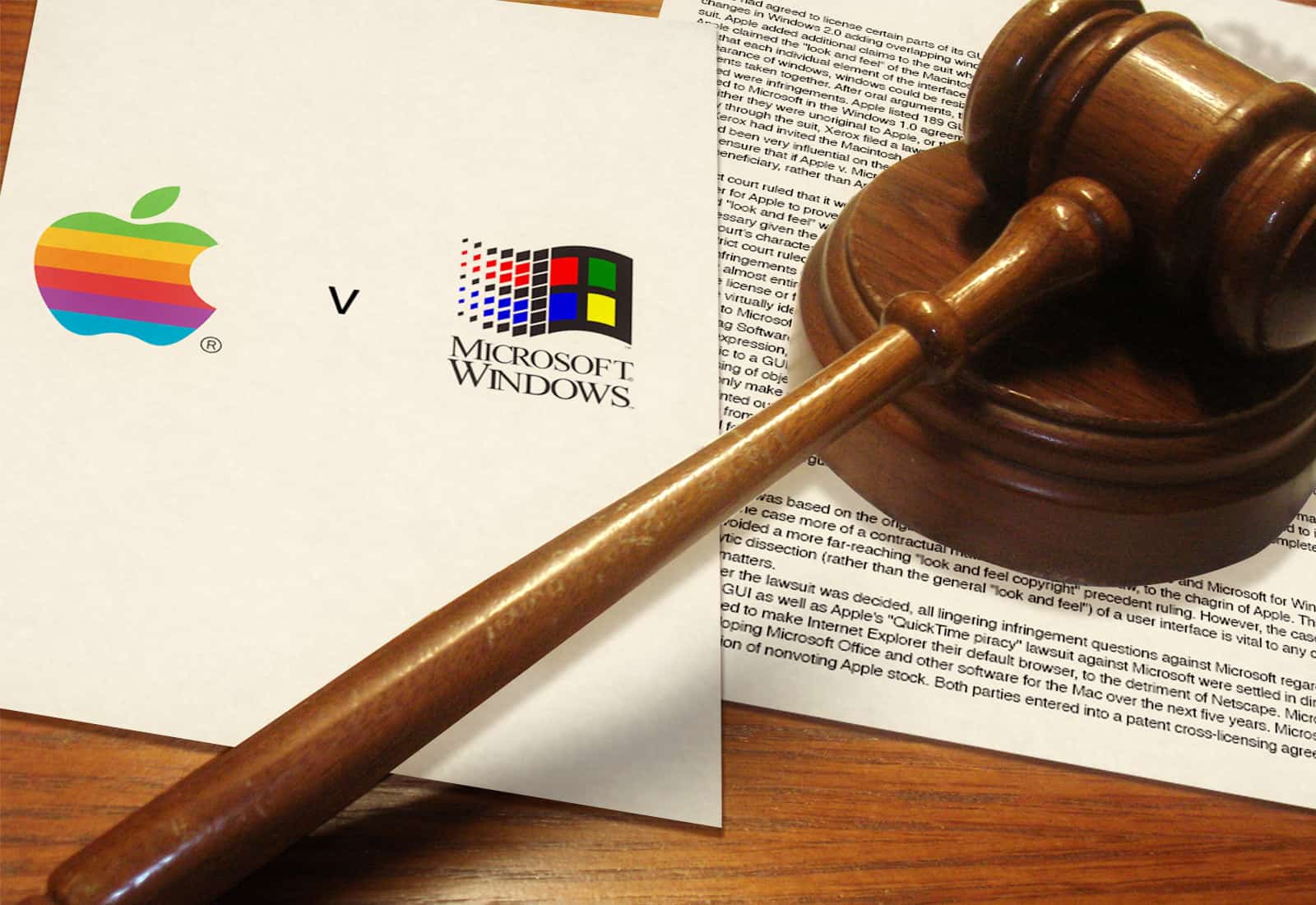
 February 14, 1995: Apple Computer extends a lawsuit against developer San Francisco Canyon Company to include Microsoft and Intel. The lawsuit concerns allegedly stolen Apple code that’s used to improve Microsoft’s Video for Windows technology.
February 14, 1995: Apple Computer extends a lawsuit against developer San Francisco Canyon Company to include Microsoft and Intel. The lawsuit concerns allegedly stolen Apple code that’s used to improve Microsoft’s Video for Windows technology.

![Should Apple abandon original video? [Friday Night Fight] Will Carpool Karaoke: The Series be Apple's first hit?](https://www.cultofmac.com/wp-content/uploads/2017/08/FNF.jpg)


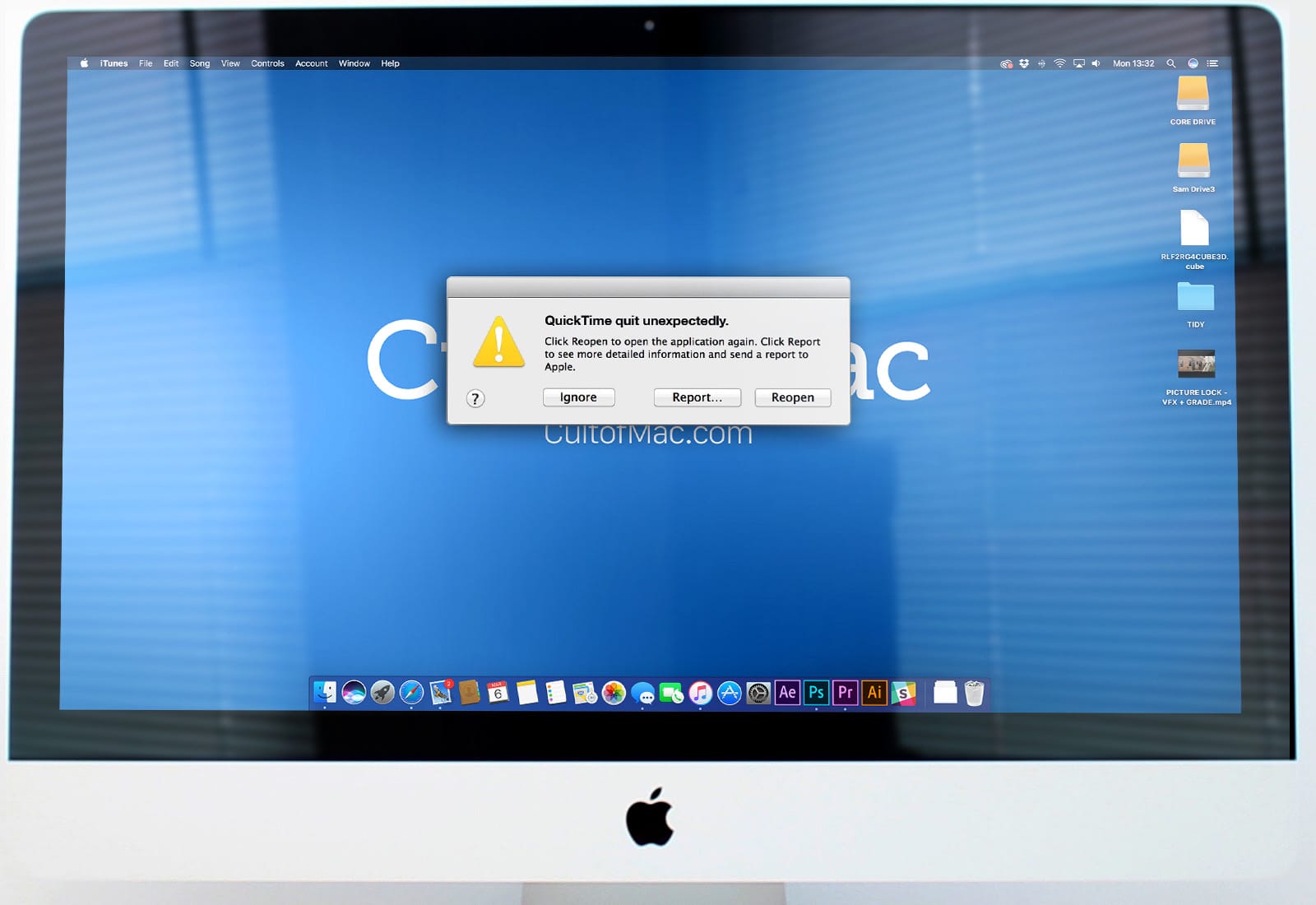
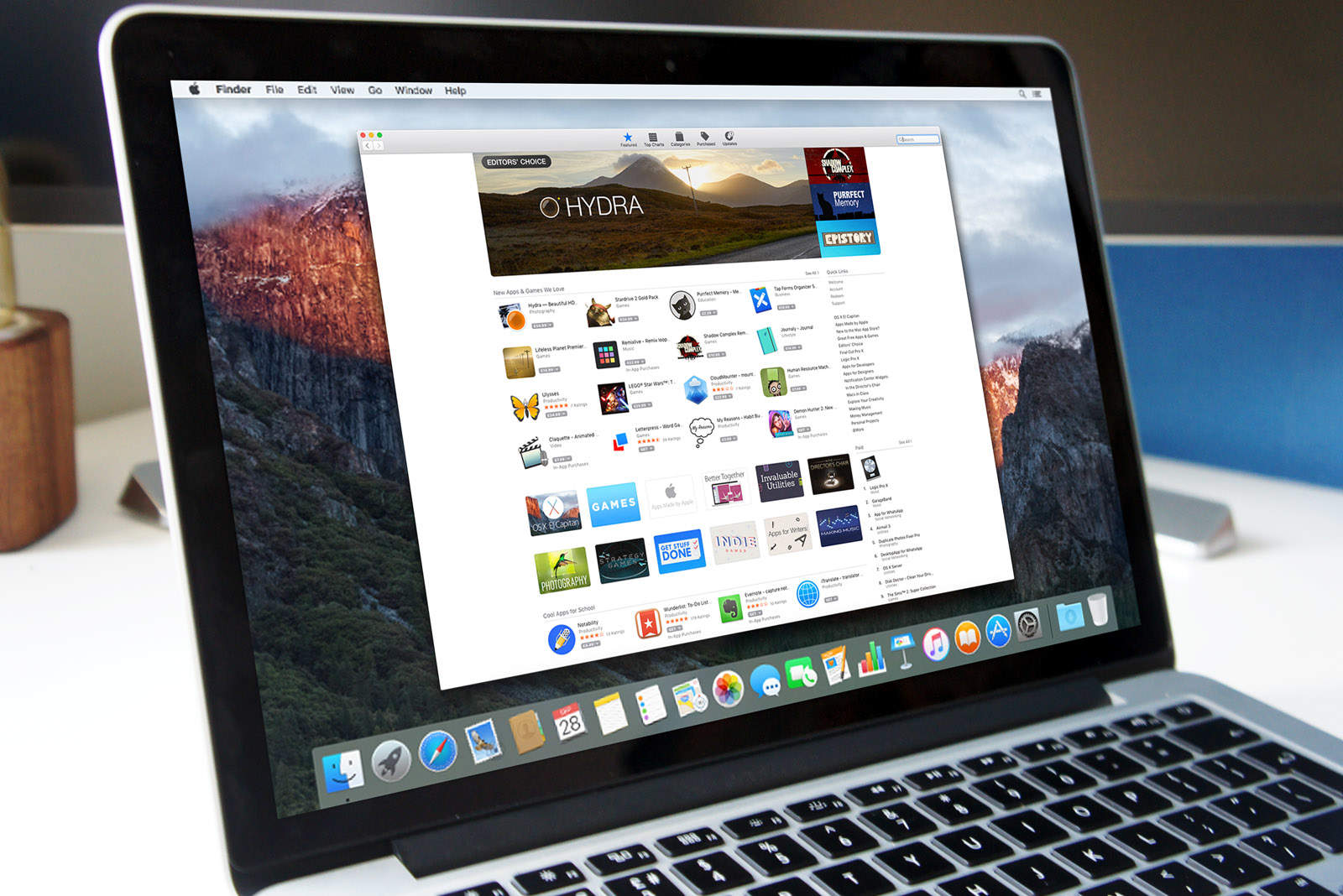
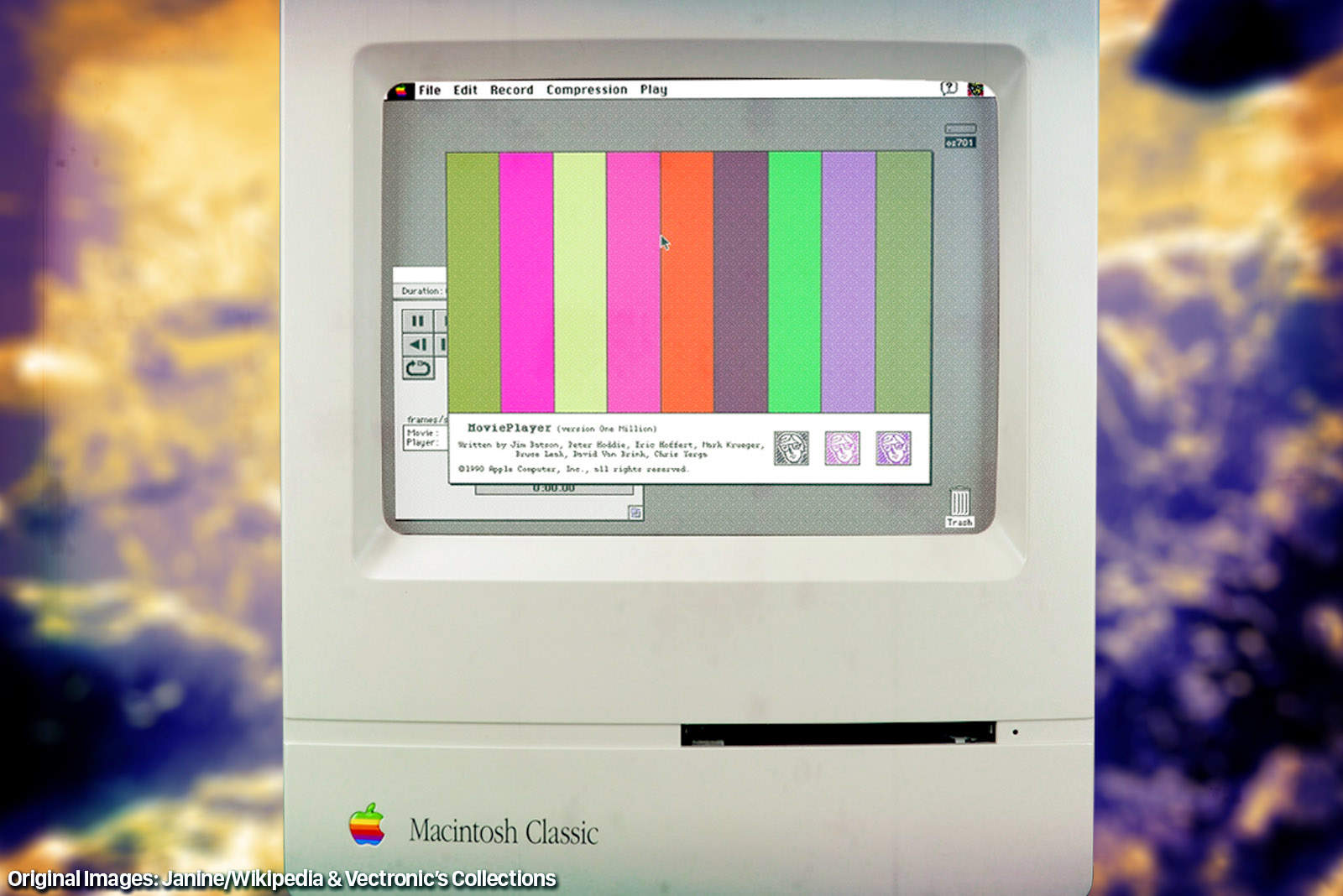
 July 8, 1991: The first QuickTime beta arrives, making it possible for people to play movies on their Macs for the first time, with no extra hardware needed.
July 8, 1991: The first QuickTime beta arrives, making it possible for people to play movies on their Macs for the first time, with no extra hardware needed.

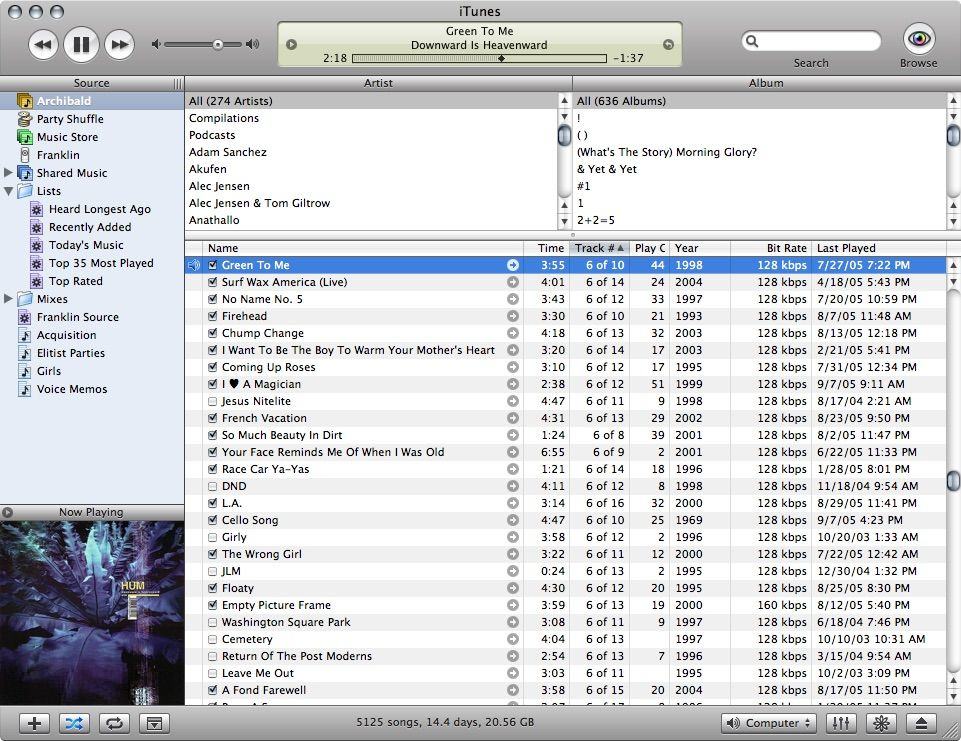

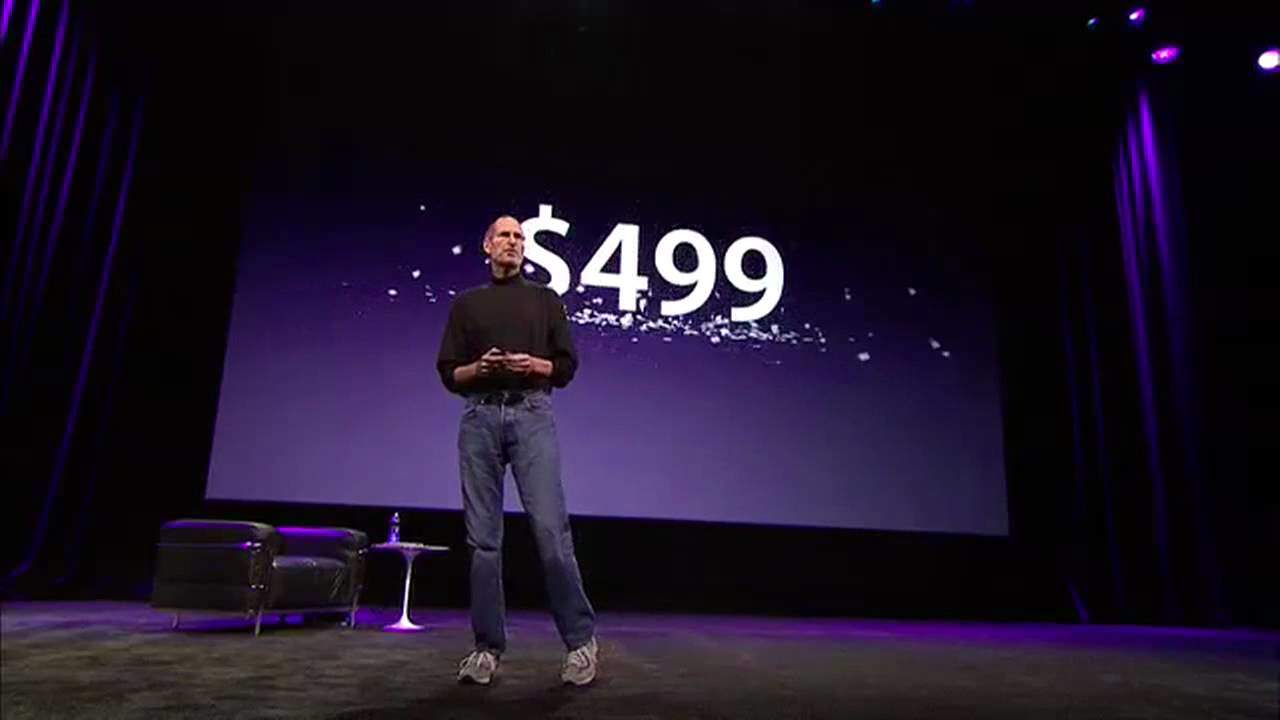
![Get 8 Essential Apps With The German Mac Bundle Featuring Parallels 8 [Deals] CoM - German Bundle](https://www.cultofmac.com/wp-content/uploads/2013/04/CoM-German-Bundle.jpg)
![Last Chance to Pay What You Want For 10 Elite Mac Apps [Deals] CoM - NYOP2](https://www.cultofmac.com/wp-content/uploads/2013/04/CoM-NYOP2.jpg)
![Turn Images On Your Mac Into Rotatable Objects With Boxshot VR [Deals] CoM - BoxshotVR](https://www.cultofmac.com/wp-content/uploads/2013/05/CoM-BoxshotVR.jpg)
![Animate Any Images With CrazyTalk7 Pro For Mac [Deals] CoM - CrazyTalk](https://www.cultofmac.com/wp-content/uploads/2013/04/CoM-CrazyTalk.jpg)
![Ending Soon! Keep Your Mac Clean With CleanMyMac Double Pack [Deals] CoM - CleanMyMac](https://www.cultofmac.com/wp-content/uploads/2013/01/CoM-CleanMyMac.jpg)